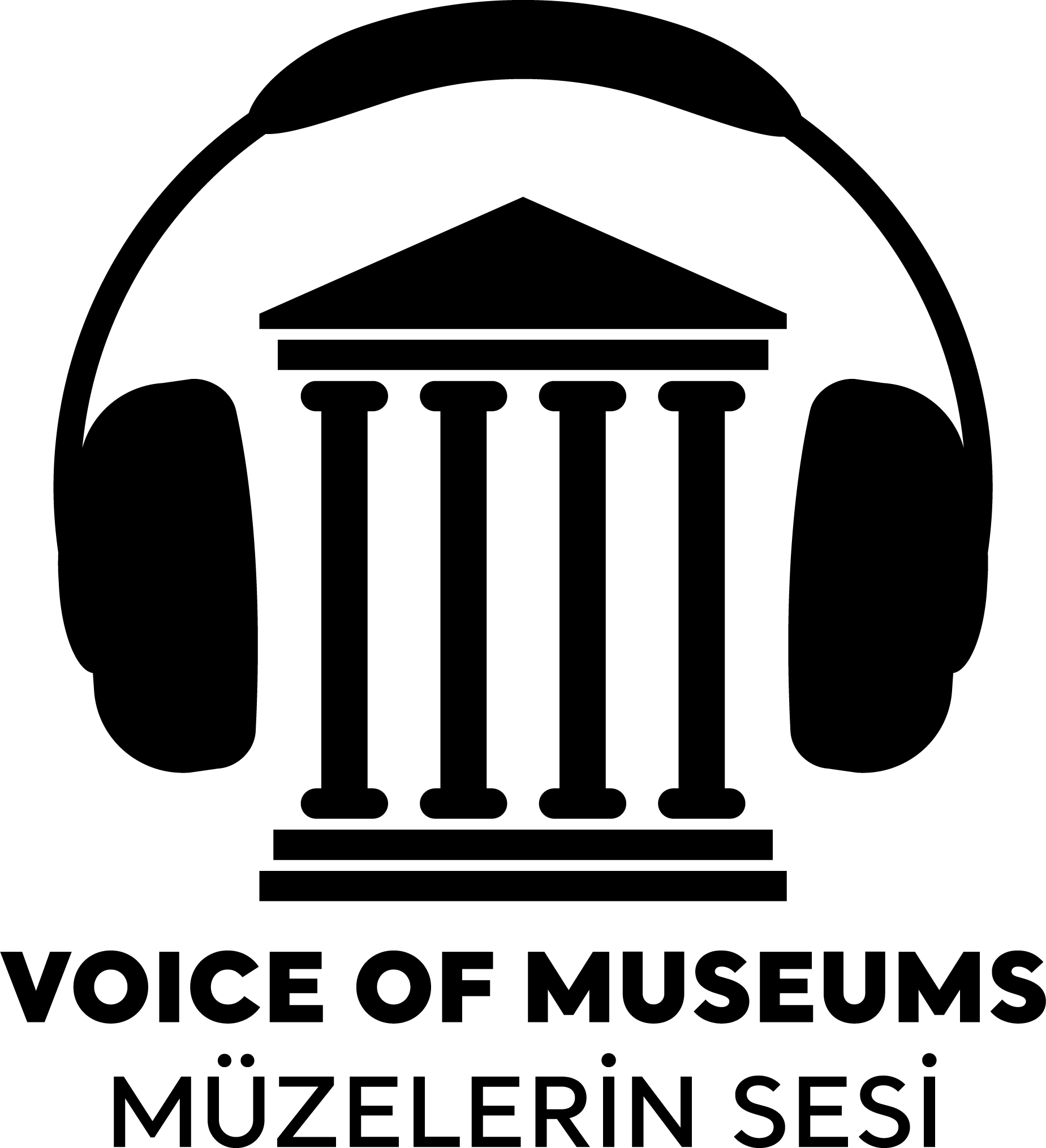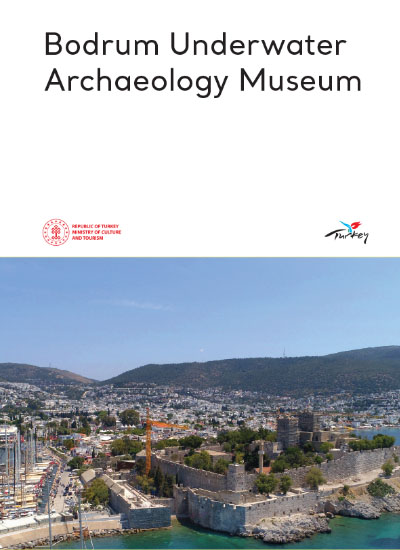The Bodrum Underwater Archaeology Museum, situated within Bodrum Castle, is the only museum in Turkey and one of the few museums in the world dedicated to the field of underwater archaeology. The museum has been open since 1964 and houses a rich collection of underwater artefacts dating from the 16th century BC to the 16th century AD. The majority of these artefacts were discovered during underwater excavations carried out off the coast of Turkey since 1960. In addition to the underwater finds, the museum also exhibits land finds that shed light on the history of the Bodrum Peninsula. The Late Bronze Age Shipwrecks Hall, Serçelimanı Glass Shipwreck Hall, Tektaş Shipwreck Hall, Bozukkale Archaic Shipwreck Hall and Yassıada Shipwrecks Hall in the museum present a comprehensive collection of the unique finds recovered from shipwrecks, along with detailed information on shipbuilding techniques and maritime trade in the periods to which they belong. The Uluburun Shipwreck, dating back to the Late Bronze Age (14th century BC), is regarded as the most significant discovery of the 20th century in underwater archaeology, representing the earliest period of long-distance international maritime trade and exhibiting a rich variety of finds. At the Serçelimanı Glass Shipwreck Exhibition, the largest glass group from Syria, the most important Islamic glass production centre of the Middle Ages, and scrap glass collected for recycling a thousand years ago can be seen. The Amphora Exhibition section of the museum, which has one of the largest amphora collections in the world, exhibits the major amphorae used in various regions of the Mediterranean world from the 16th century BC to the 12th century AD. The History of Underwater Archaeology Exhibition presents the birth of underwater archaeology in Turkey for the first time in the world, showcasing the contributions of sponge hunters from Bodrum and the pioneering efforts of those who laid the foundations of underwater archaeology. The Early Bronze Age Necropolises Hall, Müsgebi Necropolis Hall, Halicarnassos East Necropolis Hall, Princess of Caria Hall and Pedasa Hall are the halls where land finds that shed light on the history of the Bodrum Peninsula are exhibited. The Müsgebi Necropolis is home to the most extensive collection of Mycenaean artefacts in Turkish museums. Other noteworthy areas within the museum include the Amphora Warehouse Exhibition, the Castle Mosque/Chapel, the Bath, the Cannon Exhibition, the Altars and Stone Works exhibitions. The museum is housed in Bodrum Castle, which was constructed by the Knights of St John (Knights Hospitaller) at the beginning of the 15th century AD in the name of St Peter. The English Tower houses an exhibition hall that details the evolution of the castle and of the knights. The castle is regarded as one of the most solid, remarkable, and authentic castles in the East Mediterranean region. The architectural blocks from the Mausoleum, one of the Seven Wonders of the World, as well as blocks from various points of the ancient city of Halicarnassus (Bodrum), were gathered and used intensively for the construction of the castle. Following the conquest of Rhodes, the Turks took possession of the castle in 1523. The castle was used as a prison after 1895. The Bodrum Castle is an important monument with its multi-layered historical structure. The castle embodies the ancient elements and characteristics of the buildings constructed by the Knights of St John, reflecting the monumental art, architecture and technical features of 15th-century Europe and the buildings added during the Ottoman period. It was inscribed in the UNESCO Tentative List of World Heritage Sites in Turkey in 2016.
BODRUM UNDERWATER ARCHAEOLOGY MUSEUM



